Read This if You Want to Improve Your Acoustic Recordings
Three great mic techniques to help you capture the perfect acoustic guitar tone.
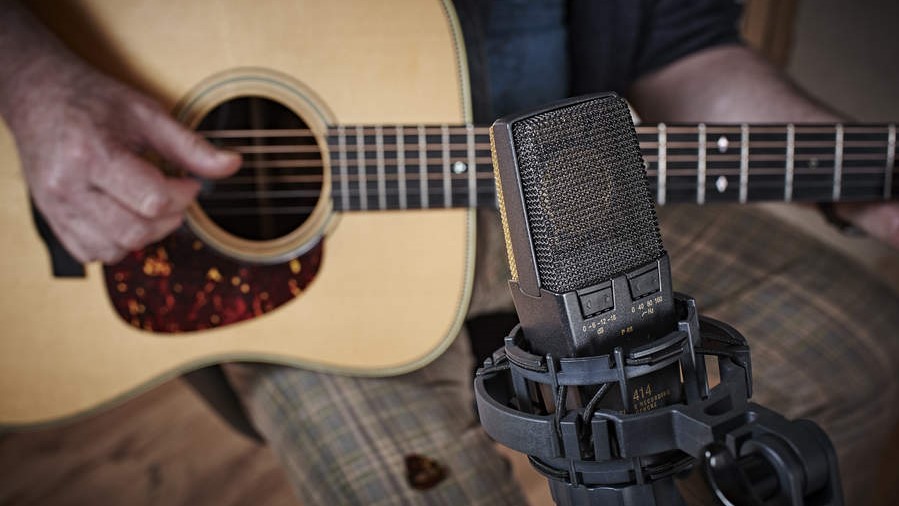
When properly mic’d, acoustic guitars can sound beautiful and lush. Just think of those wonderful albums recorded by the Eagles, with their rich acoustic melodies. Yes, plug-ins can improve your results, but there’s nothing more gratifying than capturing that perfect acoustic guitar tone with a microphone. The key is to record not only the guitar sound but also the ambience of the room.
Before setting up your mic and hitting “record,” take a few things into consideration:
- Your acoustic guitar’s size (jumbo, concert, etc.) and body style (single-cutaway, thin body, etc.). Both will affect its tone and volume.
- Room size and treatment: Is your space large or small? Carpeted or bare?
- Player style: Are you a heavy strummer or a light picker?
- Microphone type (condenser, ribbon, etc.) and polar pattern (cardioid, figure-eight, etc.). Both will affect its performance.
Here are three sample microphone setups that recreate the classic acoustic guitar sounds of the Eagles, Leo Kottke and Keb’ Mo'.
Eagles
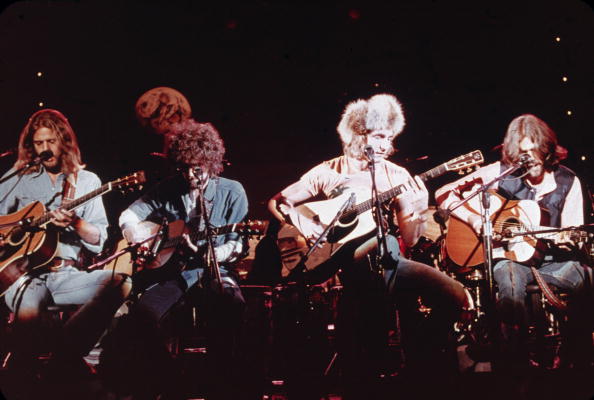
To make strummed chords sit nicely in the mix à la the Eagles, try the following mic and settings:
AKG 414
The 414 is the mothership of condenser microphones. For more than 60 years, engineers and producers have used it for almost every imaginable application. It has a one-inch dual diaphragm; a selectable pattern (cardioid, hypercardioid, omnidirectional and figure-eight); a two-stage pre-attenuation pad and bass-cut filter; and a high sound-pressure-level capability of up to 160 dB SPL.
Steps for the Eagles’ tone:
- Place the mic center between 12th fret and the sound hole.
- Set it six inches away from the guitar.
- Point the mic capsule downward, toward the bridge.
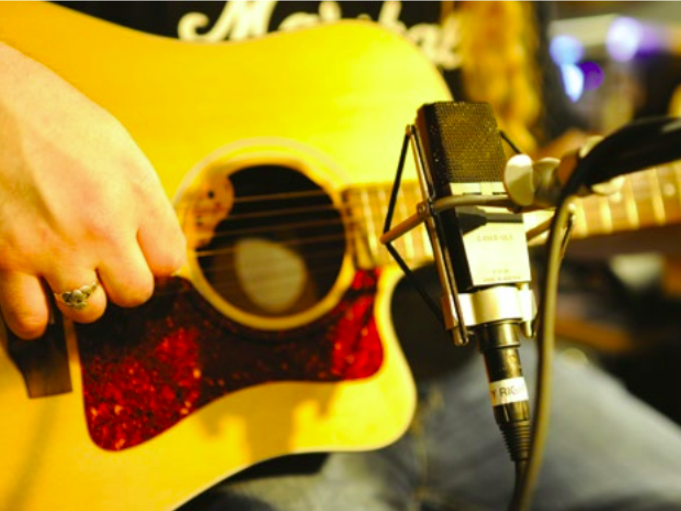
Leo Kottke
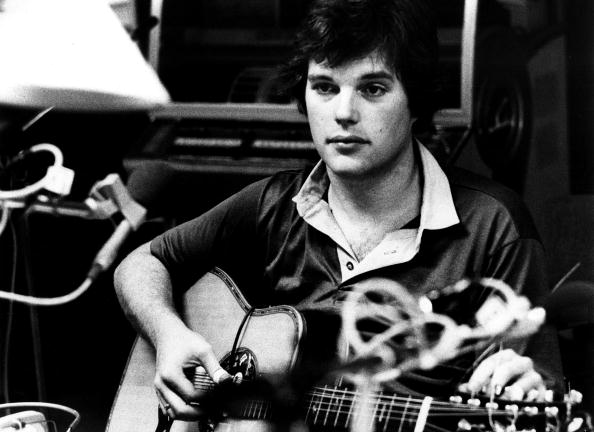
LR Baggs Mixing System
Kottke used the first LR Baggs product, the LB6 undersaddle pickup. To mimic his tone and capture more of your acoustic’s natural sound, you can add an internal mic to an undersaddle setup using a Baggs mixing system. These include the Dual Source, which combines a ribbon transducer with condenser mic, and the iMix, which pairs Baggs’ iBeam active bridgeplate pickup with the Element undersaddle pickup. Either way, you’ll get an incredible system that cancels feedback and preserves your acoustic tone’s integrity.
Steps for a Leo Kottke tone:
- Roll the sound hole mounted mic control wheel up three-fourths of the way.
- Turn the other sound hole mounted wheel (which is the volume) up halfway.
- To reduce any undesirable midrange from the piezo, run the undersaddle pickup’s output to a separate channel and adjust it to taste. If you are using the iMix, reduce mid frequencies using its Element mid-cut control.
- On the undersaddle piezo, set the EQ to roll off the quaking midrange by moving the mids slider down to 2.
- You can combine this system with any of the mics discussed in this article, such as the AKG 414 or the AKG C1000 S, to get an extremely full sound.
- If you’re using this system with an additional mic, pan the LR Baggs to the right (3 o’clock) and the extra mic to the left (9 o’clock) for a stereo presence.
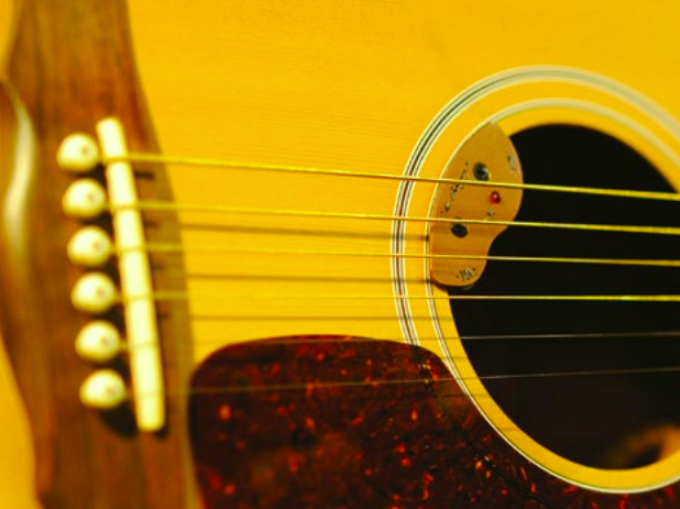
Keb’ Mo’
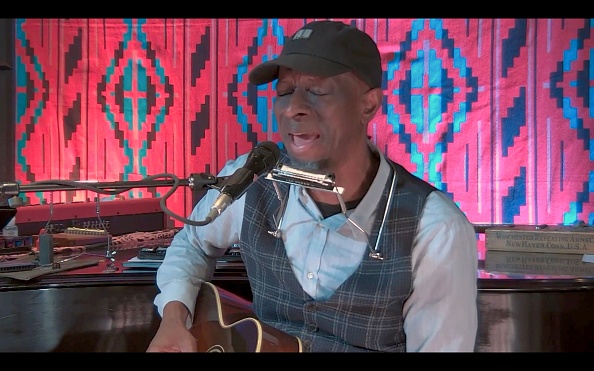
To achieve a Keb’ Mo’ blues-style slide guitar with a nice gritty tone, use the following:
AKG C1000 S
The AKG C1000 S is powered by a standard nine-volt battery or phantom power. The mic features polar pattern, which can quickly be switched from cardioid to hyper-cardioid by attaching the provided PPC 1000 Polar Pattern Converter to the microphone capsule. There’s also an adapter, called the PB 1000 Presence Boost, which adds 3 to 5 dB of high-end enhancement to improve instrument sound clarity and add definition.
For a Keb’ Mo’ Tone:
- Place the mic center between the sound hole and the 15th fret.
- Set the mic approximately four inches from guitar.
- Angle the mic capsule toward the body.
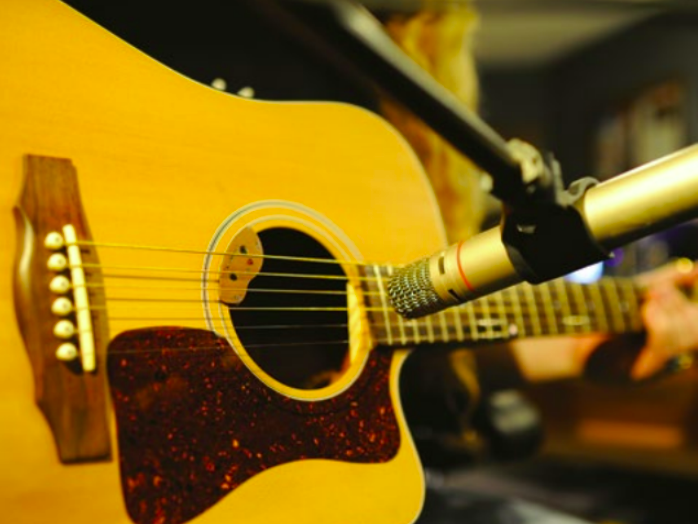
You can use these setups as a foundation for creating your own signature acoustic guitar tones when recording.
Get The Pick Newsletter
All the latest guitar news, interviews, lessons, reviews, deals and more, direct to your inbox!
Guitar Player is the world’s most comprehensive, trusted and insightful guitar publication for passionate guitarists and active musicians of all ages. Guitar Player magazine is published 13 times a year in print and digital formats. The magazine was established in 1967 and is the world's oldest guitar magazine. When "Guitar Player Staff" is credited as the author, it's usually because more than one author on the team has created the story.
“Write for five minutes a day. I mean, who can’t manage that?” Mike Stern's top five guitar tips include one simple fix to help you develop your personal guitar style
"It’s like you’re making a statement. And you never know where it’ll lead." Pete Thorn shares the tip that convinced Joe Satriani he was the right guitarist for the SatchVai Band










